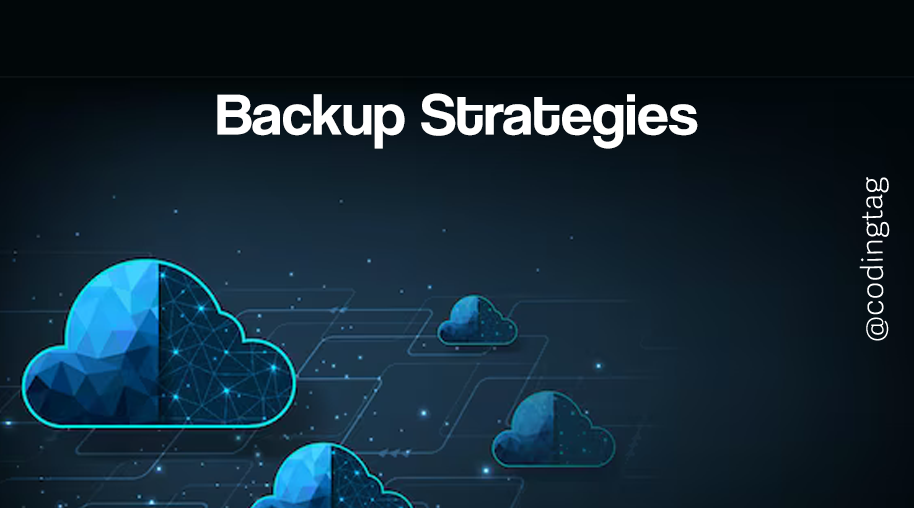Lambda for Inference
0 549
Lambda for Inference: Introduction
In the world of machine learning, deploying models efficiently is just as critical as training them. AWS Lambda offers a compelling serverless option for hosting inference workloads — where models are used to make predictions in response to incoming data.
This content explores how to use Lambda for inference, its benefits, challenges, and step-by-step implementation.
What is Lambda for Inference?
AWS Lambda allows developers to run code in response to events without provisioning or managing servers. When paired with a pre-trained ML model, Lambda can act as an inference engine — accepting inputs, processing them using the model, and returning predictions — all within a stateless, event-driven function.
Why Use Lambda for Inference?
- Scalability: Lambda automatically scales with traffic, perfect for unpredictable loads.
- Cost-effective: You only pay for the time your function runs — ideal for low-volume or bursty workloads.
- No server management: Focus on your model logic without worrying about infrastructure.
- Easy integration: Works seamlessly with API Gateway, S3, DynamoDB, and more.
Use Case Example
Let’s say you have a sentiment analysis model that classifies incoming product reviews as positive, neutral, or negative. You can package this model and deploy it to AWS Lambda. Each time a new review is submitted, the Lambda function will run inference and return the sentiment category.
Packaging a Model for Lambda
Lambda has a size limit (50MB zipped direct upload, or 250MB with layers), so keep your deployment package lean. Here's a basic structure:
my-lambda-inference/
├── lambda_function.py
├── requirements.txt
├── model/
│ └── sentiment_model.pkl
Sample Lambda Inference Code (Python)
import json
import joblib
# Load model once (cold start)
model = joblib.load('model/sentiment_model.pkl')
def lambda_handler(event, context):
data = json.loads(event['body'])
text = data['text']
prediction = model.predict([text])
return {
'statusCode': 200,
'body': json.dumps({'sentiment': prediction[0]})
}
Deploying to Lambda
To deploy the above function:
- Install dependencies in a local directory with
pip install -r requirements.txt -t . - Zip the entire folder (including model and libraries).
- Upload via AWS Console or use the AWS CLI.
API Gateway Integration
For real-time inference, integrate your Lambda function with Amazon API Gateway. This turns your Lambda into a REST endpoint which external apps or frontends can call with JSON inputs and receive JSON outputs.
Considerations & Limitations
- Cold starts: Lambda takes time to initialize on first use; preloading large models can add latency.
- Execution time: Default timeout is 3 seconds; can be increased to 15 minutes.
- Memory: Lambda supports up to 10GB RAM — sufficient for many light to moderate ML models.
- Model size: Use Lambda Layers or S3 to load larger models during runtime.
Best Practices
- Use lightweight models (like Scikit-learn, XGBoost, or small TensorFlow models).
- Keep dependencies minimal.
- Optimize for warm starts by reusing model objects outside the handler.
- Benchmark latency for different memory settings.
Alternatives for Heavy Models
If your model is too large or your workload is continuous and high-throughput, consider using AWS SageMaker endpoints or deploying models on EC2 or Fargate. Lambda is best suited for lightweight, occasional inference tasks.
Conclusion
Using Lambda for inference is a great choice for quick, cost-efficient, serverless predictions — especially for lightweight ML models. By combining Lambda with API Gateway and other AWS tools, you can build a scalable ML-powered application without managing any servers.
🔁 Bonus Tip: Using Layers for Model Code
To avoid exceeding deployment size, move shared libraries and model code into a Lambda Layer. Then attach the layer to your function. This keeps your main deployment package smaller and easier to manage.
If you’re passionate about building a successful blogging website, check out this helpful guide at Coding Tag – How to Start a Successful Blog. It offers practical steps and expert tips to kickstart your blogging journey!
For dedicated UPSC exam preparation, we highly recommend visiting www.iasmania.com. It offers well-structured resources, current affairs, and subject-wise notes tailored specifically for aspirants. Start your journey today!

Share:







Comments
Waiting for your comments